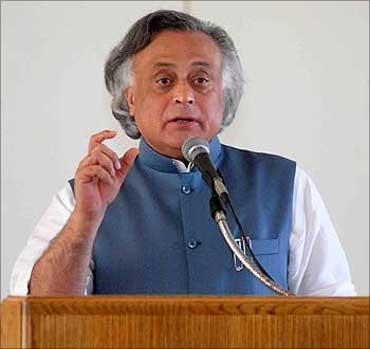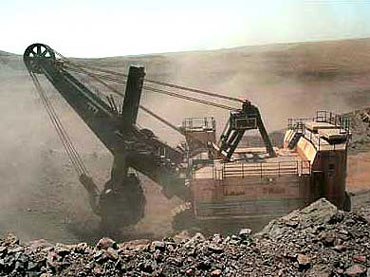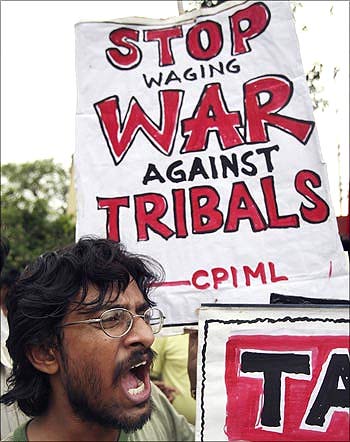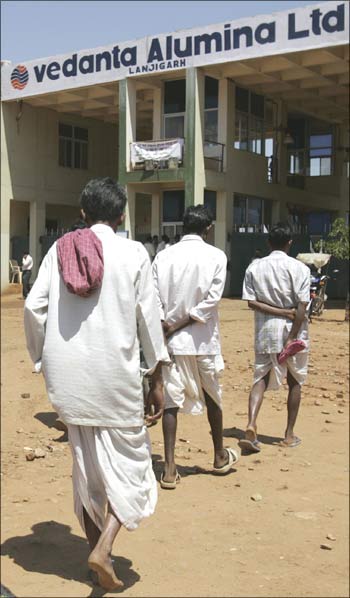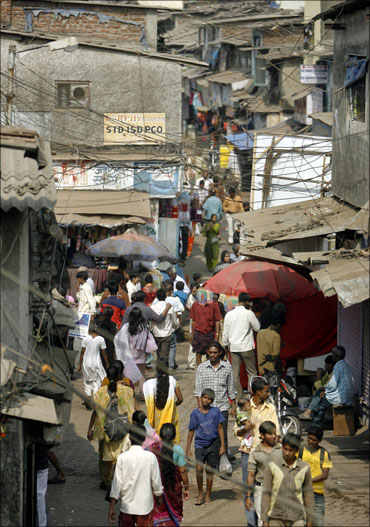 | « Back to article | Print this article |
Was it right to stop Vedanta?
The Minister of Environment and Forests Jairam Ramesh's order stopping Vedanta Aluminium and the Orissa Mining Corporation from mining bauxite in the Niyamgiri hills to feed the company's Lanjigarh aluminum refinery plant located in one of the country's poorest districts in the name of tribal interests tends to miss the wood for the trees.
It is based on the report of a four-member expert group under N C Saxena that was set up after adverse Forest Advisory Committee findings.
Truth has many dimensions and sometimes the lesser truth may mask the greater. Balance and perspective are, therefore, important. The two reports that the minister relied on contain some sweeping generalisation based on exaggerated inferences.
Click NEXT to read more...
Was it right to stop Vedanta?
Of this, only 3.5 sq km or 350 hectares will be mined and backfilled in phases, leaving no more than 20 hectares of exposed mine face at any one time.
The Dongria Kondh and Kutia Kondh inhabiting the upper slopes and valleys of these hills, respectively, number less than 8,000 souls and are classified as primitive tribes.
They are immiserised, practice jhum (or slash-and-burn agriculture, which means that these are not primeval forests), collect fruit and herbs and live on the margins of subsistence. None of them will be displaced by mining.
Click NEXT to read more...
Was it right to stop Vedanta?
The laterite hill tops underlain by a hard bauxite pan do not hold the rain, sustain little forest and are totally uninhabited.
Contrary to the assertions by the latest official committees, the removal of the bauxite layer and replacement of the laterite overburden with plantations will, according to the Central Mine Planning and Design Institute, encourage infiltration, recharge the aquifer and improve the water regime to everybody's benefit. Nalco's reclaimed Damanjodi mine in Koraput is a classic example of transformation.
The Saxena committee report, however, states that the entire Niyamgiri range may suffer a "major ecological and hydrological disaster".
Click NEXT to read more...
Was it right to stop Vedanta?
The charge that the mining area amounts to a cultural invasion of the sacred abode of the celestial Niyam Raja is contested. Earlier accounts would locate this site several kilometres away atop Hundijali hill.
The expert groups are sharply critical of violations of the Forest Rights Act, the alleged procurement of bauxite from 11 illegal Jharkhand mines and refinery expansion from one million to six million tonne before the settlement of individual and community tribal rights.
Click NEXT to read more...
Was it right to stop Vedanta?
The Orissa government's counter-argument is that the Forest Rights Act only came into force with the promulgation of its Rules in January 2008 and cannot be applied retrospectively.
The Saxena committee retorts that the Forest Rights Act was enacted to set right the "historical injustices" suffered by the tribal people. This is valid. But when does history begin? Hirakud, Rourkela, the HAL MiG plant in Koraput and hundreds of other projects, completed and ongoing, are located on tribal lands. Are all these development omelettes to be unscrambled?
Click NEXT to read more...
Was it right to stop Vedanta?
The Fifth Schedule, the Panchayat Extension to Scheduled Areas Act (PESA), now the Forest Rights Act and the Supreme Court's seminal Samatha judgment of 1997 show how tribal justice can be harvested to national interest.
The Saxena committee's conclusion follows that the deprivation of primitive tribal groups "to benefit a private company" could "shake the faith of tribal people in the laws of the land which may have serious consequences for the security and well being of the entire country".
Click NEXT to read more...Was it right to stop Vedanta?
The Niyamgiri hills have been untouched for centuries. Yet the Dongria Kondhs remain primitive, not on account of development but for lack of it. Development often causes disturbance and even trauma.
But this is soon offset by good R&R, appropriate compensation, new stakeholder partnership models, income and employment opportunities and a whole multiplier effect.
Vedanta is already active in skill development, education, health, nutrition, provision of safe drinking water, solar lighting and formation of self-help groups, and it has spent over Rs 100 crore (Rs 1 billion) on these.
Click NEXT to read more...
Was it right to stop Vedanta?
Poverty is the enemy of the environment with mounting population pressure. Tens of millions of distress migrants move across India every year for lack of development.
The country needs to add 12 million jobs annually just to keep abreast of a burgeoning labour force. We need faster and more participative growth and infrastructure to sustain this. To this end, bauxite must be mined and aluminum produced.
Click NEXT to read more...
Was it right to stop Vedanta?
Tribal India must be enabled to progress. The environment must be enhanced. The current impasse affects not just Vedanta or Orissa.
Rahul Gandhi's rhetoric was misplaced. Stop Vedanta in the wrong manner and for the wrong reasons and we may stop India.
